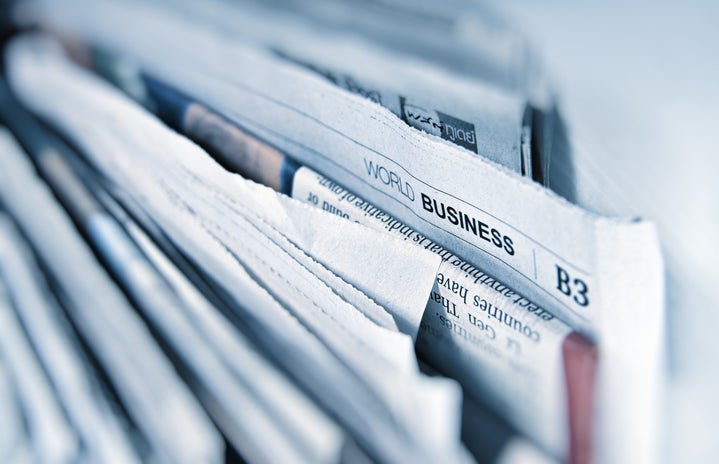On September 20th of 2017, the lives of Puerto Ricans were changed forever with the passing of Hurricane Maria. This category 5 hurricane—whose winds and pressure intensified in a matter of hours—has been classified as one of the most disastrous hurricanes in Puerto Rico’s history. One year later, here are some of the ways Puerto Rico copes not only with the intense hours of the hurricane, but also with the aftermath we continue to live in.
1. UPR, Cayey Campus Chorus Homage
At 6:15AM, Alberto Carrion and 30 members of the University of Puerto Rico, Cayey campus chorus sang “Amanecer Borincano,” in Yabucoa, Puerto Rico. That was the time and place where Hurricane Maria entered our island. The uplifting song against the first sun rays of early morning were an emotive contrast to those early hours of heavy rain, howling wind, and crippling uncertainty. The event’s motto was “Un Nuevo Amanecer” (“A New Dawn” in English) to pay respects to Puerto Rico and its inhabitants who suffered the effects of this phenomenon. The broadcast was made possible through local channel WAPA’s “Noticentro al Amanecer.”
2. GFR Media Photography Exhibition in Plaza Las Americas
While many in Puerto Rico were uncommunicated, 14 photographers of GFR Media were working without rest to show to the world the effects of Hurricane Maria. From September 21st until October 15th, the compilation of photographs will be available in Plaza Las Americas, Hato Rey. They captured through these images the hardships of Puerto Ricans around the island and the damages. One of these was Teresa Canino, photography professor of the School of Communication in the UPR, Rio Piedras campus. Sponsored by AT&T, the general public response has been one of empathetic tears and reflection.
3. Protests in Washington, D.C.
It is not an unknown fact that for the past year President Trump’s thoughts of Puerto Rico and the events of Hurricane Maria have been spewed through his Twitter. The closer to the anniversary, the worst they got as he blamed democrats for the 2,975 deaths that had been caused not only by the direct hit of the atmospheric phenomenon, but also negligence from the local and federal government. As response, protests against the federal response to the hurricane occured on the anniversary in Washington, D.C. Robin Bell, artist and communicator, with the International Amnesty, carried out this protest in the central offices of FEMA, as well as in the Trump Hotel of the Pennsylvania avenue.
Even though it has been a year since the hurricane came, we still live in the aftermath. The power outages, the PTSD, the torn-down buildings, the lack of help, and many more things are part of our day-to-day struggles. However, our boricua resilience in the face of adversity and injustice are what defines us the most and what brings us closer. Be it through photography, music, or protests, let us remember the victims affected by this natural phenomenon and to keep standing tall for what may come as we rebuild our “Isla del Encanto.”


